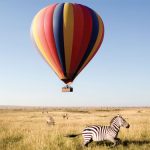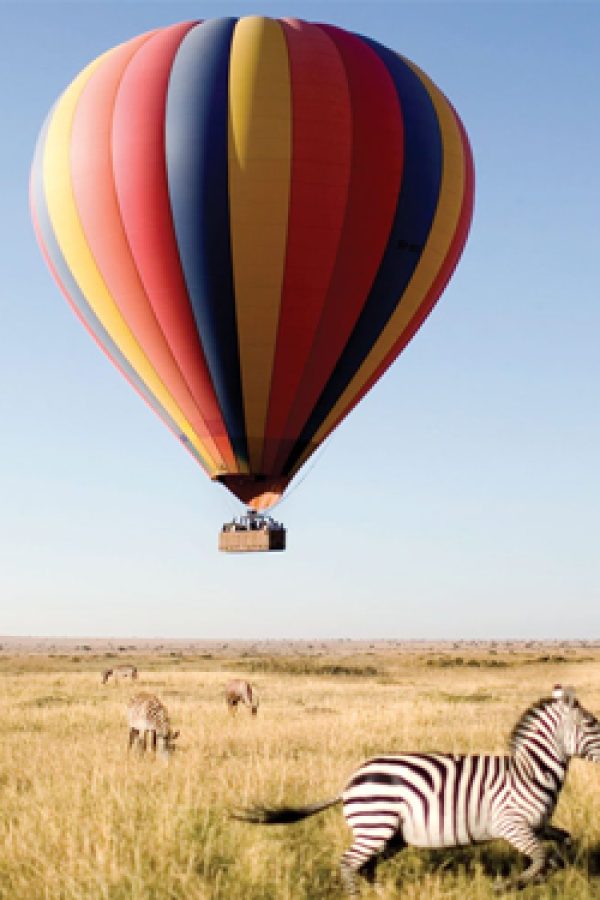

Serengeti National Park is the largest National Park in Tanzania, covering the area of 14,763 sq. km. The park is located some 320 km to the northwest of Arusha, lying in a high plateau between the Ngorongoro highlands and the Kenya/ Tanzania border, and extending almost to Lake Victoria to the west. Aptly named “endless plains” by the Maasai people, you immediately experience this vastness as you enter the southeastern plains of the park from Ngorongoro.
Declared a protected area in 1921 and gazetted as a National park in 1951, Serengeti is the oldest National Park in Tanzania and undoubtedly one of the most famous wildlife sanctuaries in the world. Also a world heritage site and recently proclaimed a 7th world wide wonder. The principal features of the Serengeti are the short and long grass plains in the south and east, the acacia Savannah in the central areas, the hilly and densely wooded areas in the north and the extensive woodland in the west.
There is a variety of scenery, which includes the plains, lakes, hills and the rock outcrops called kopjes. The main game drive areas in the Serengeti are the Seronera Valley, the Western Corridor, and Lobo or northern Serengeti. The Seronera valley in central Serengeti endowed with permanent surface water attract a large concentration of wildlife throughout the year. Common animals that can be seen here are lions, buffaloes, impalas, hippos, waterbucks, elephants, cheetahs and the leopard. This vast plain is witness to one of nature’s great spectacles: the Great migration of millions of wildebeest, zebra and other grazing animals seeking fresh grass — followed closely by Africa’s largest concentration of lion. Whether you’re a first-time Africa visitor or a seasoned safari-goer, the Great Migration is not to be missed. From December, when the long rains start, to May, eastern Serengeti plains provide the best opportunities for game viewing as hundreds of thousands of the migratory animals are concentrated in this part attracted by the short palatable grass. Popular the Serengeti might be, but it remains so vast that you may be the only human audience when a pride of lions masterminds a siege, focused unswervingly on its next meal
Hot air balloon safaris, walking safari, picnicking, game drives, bush lunch/dinner can be arranged with hotels/tour operators. Maasai rock paintings and musical rocks.
Anytime other than the heavy rainy season in March and May is a wonderful time to be on Safari in Northern Circuit Parks, to follow the wildebeest migration, December-July and to see predators, June-October.


We believe travel is so much more than just getting from one point to another.
Copyright © 2024 Muzuri-Tours